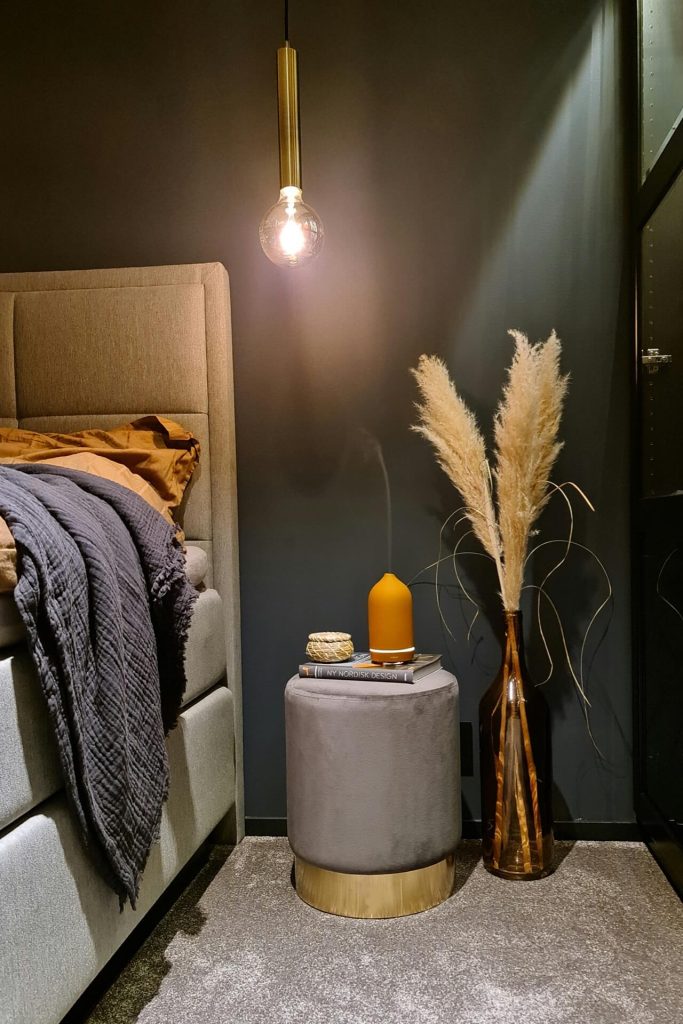Interior design is the art of harmoniously arranging and decorating spaces to reflect inhabitants’ personalities and maximize functionality. Key principles include balance, proportion, rhythm, emphasis, and contrast. These principles guide designers in achieving visual harmony and coherence in their projects.
Various interior design styles cater to diverse tastes. Minimalism promotes simplicity and tranquility, while traditional design exudes timeless elegance. Modern design embraces sleek lines and minimalism, and contemporary design is ever-evolving. Eclectic design encourages creative mixing of styles for a unique look.
Interior design’s transformative power lies in its ability to enhance functionality, comfort, and personalization. Thoughtful layouts and furnishings optimize functionality, while the choice of materials and lighting creates inviting, comfortable spaces. Personalization allows homeowners to express themselves, making their living spaces uniquely their own.
Furthermore, well-executed interior design can increase property value and promote sustainability through eco-friendly practices. In conclusion, interior design is a multifaceted art form that empowers individuals to craft living environments that resonate with their personalities and needs, ultimately turning houses into homes.
